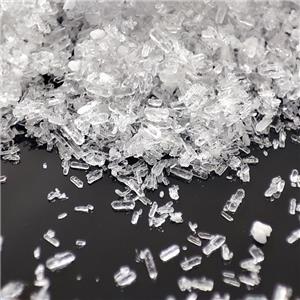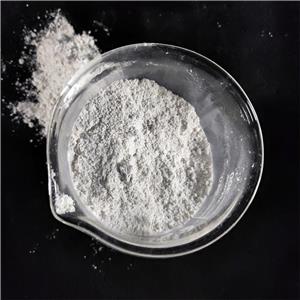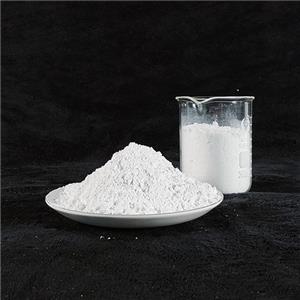Is magnesium hydroxide a fire retardant?
Magnesium Hydroxide as a Fire Retardant
Magnesium hydroxide(Mg(OH)₂) is widely recognized as an effective and environmentally friendly fire retardant. Its properties and mechanisms make it a popular choice in various industries, especially for applications involving plastics, rubber, and other combustible materials.
Mechanism of Fire Retardancy
Magnesium hydroxide acts as a fire retardant through several mechanisms, primarily based on its thermal decomposition. When exposed to high temperatures (around 340°C), magnesium hydroxide undergoes an endothermic decomposition reaction:
Mg(OH)2→MgO+H2O
This reaction absorbs a significant amount of heat, which helps to lower the temperature of the material and delay ignition. Additionally, the released water vapor dilutes flammable gases, reducing the availability of fuel for combustion. The magnesium oxide (MgO) residue that remains after decomposition forms a protective layer on the material's surface, inhibiting further oxygen supply and slowing down the burning process.
Advantages of Magnesium Hydroxide
Environmentally Friendly: Magnesium hydroxide is non-toxic, halogen-free, and does not release harmful gases during decomposition, making it a safer alternative to traditional halogenated flame retardants.
Thermal Stability: It has a higher decomposition temperature compared to other similar fire retardants, such as aluminum hydroxide, which allows it to be used in applications requiring higher processing temperatures.
Smoke Suppression: By releasing water vapor, magnesium hydroxide reduces smoke density and toxic emissions during a fire, enhancing safety for people and property.
Applications
Magnesium hydroxide is commonly used as a flame retardant in various materials, including:
Polymers and Plastics: It is incorporated into materials like polypropylene, polyethylene, and PVC to reduce flammability.
Rubber Products: Rubber materials used in cables, seals, and conveyor belts benefit from the addition of magnesium hydroxide for enhanced fire resistance.
Building Materials: It is used in coatings, panels, and insulation to improve fire performance in construction applications.
Limitations
While magnesium hydroxide offers numerous benefits, it also has some limitations:
High Loading Requirement: To achieve effective flame retardancy, a relatively high percentage of magnesium hydroxide is required, which can affect the mechanical properties of the host material.
Compatibility Issues: In some cases, it may not be compatible with certain polymers without surface treatment or the addition of coupling agents.
Conclusion
Magnesium hydroxide is a highly effective fire retardant with significant advantages, especially in terms of environmental safety and thermal performance. Its ability to absorb heat, release water vapor, and form a protective residue makes it an excellent choice for reducing flammability in a wide range of applications. However, its limitations must be carefully managed to ensure optimal performance in specific uses. As industries increasingly prioritize sustainable and non-toxic solutions, magnesium hydroxide is likely to see even broader adoption in the future.




